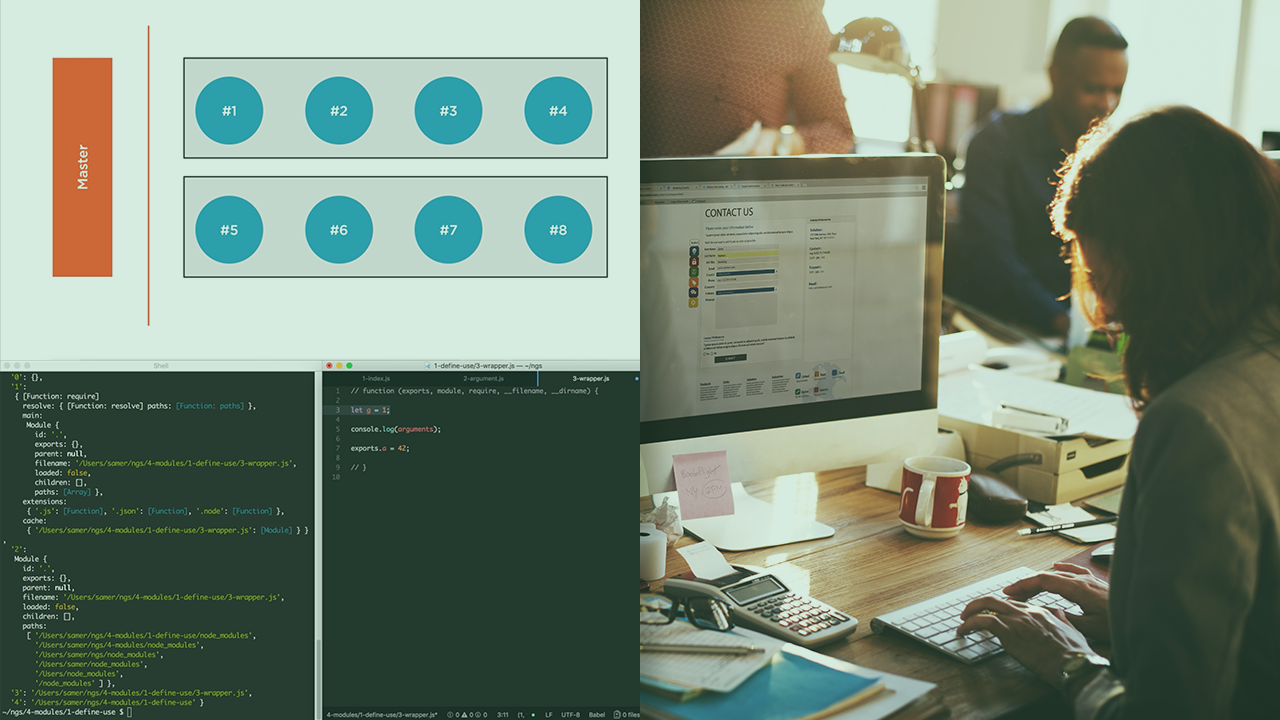- Course
Node.js 12: Getting Started
The Node.js runtime powers back-end servers for big players like PayPal, Netflix, LinkedIn, and even NASA. This course will teach you the fundamentals of this very popular runtime and get you comfortable writing code for Node.

- Course
Node.js 12: Getting Started
The Node.js runtime powers back-end servers for big players like PayPal, Netflix, LinkedIn, and even NASA. This course will teach you the fundamentals of this very popular runtime and get you comfortable writing code for Node.
Get started today
Access this course and other top-rated tech content with one of our business plans.
Try this course for free
Access this course and other top-rated tech content with one of our individual plans.
This course is included in the libraries shown below:
- Core Tech
What you'll learn
Web and mobile applications depend on back-end services to host their various resources and do most of the heavy lifting. Creating these back-end services is often very difficult, but the Node.js runtime makes it easier and more fun. In this course, Node.js: Getting Started, you'll learn the basic skills you need to create scalable back-end services with Node.js. First, you'll explore the tools that come built-in with Node as well as some of the tools that are offered by the community. Next, you'll learn about package management, module dependencies, event-driven concurrency strategies, and how to write code to interface with the operating systems on servers. Finally, you'll discover the modern JavaScript features that you can use with Node.js today. When you're finished with this course, you'll be comfortable creating and executing code for Node.
Node.js 12: Getting Started
-
What Exactly Is NPM? | 4m 51s
-
The NPM Command | 4m 10s
-
The package.json and package-lock.json Files | 7m 1s
-
Semantic Versioning (SemVer) | 4m 27s
-
Installing and Using NPM Packages | 4m 19s
-
Creating and Publishing an NPM Package | 9m 1s
-
NPX and the NPM Run Scripts | 7m 44s
-
Updating NPM Packages | 6m 42s
-
Wrap Up | 1m 31s

